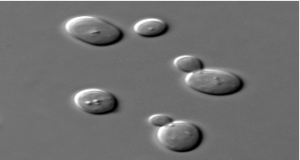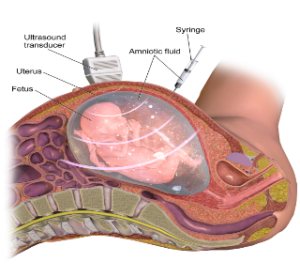This page contains the detailed and easy notes for GCSE OCR Biology inheritance for revision and understanding inheritance .
GCSE OCR BIOLOGY INHERITANCE COMPLETE REVISION SUMMARY
INHERITANCE
inheritance
- Genetic inheritance
The genome and variation
Mutation and variation
Effect of genetic variants on phenotype – Higher
Advantages and disadvantages of sexual and asexual reproduction
Sexual reproduction, meiosis and gamete formation
Carrying out a genetic cross
Sex determination
Understanding of genetics including the work of Mendel
REPRODUCTION – Making more offspring’s
Reproduction is a process in which organisms produce young–ones of the same species. It is one of the fundamental characteristics of living organisms.
SEXUAL
| ASEXUAL
|
| Involves meiosis | Involves mitosis |
| Require both parents and involve fusion of gametes | Require single parent and no fusion of gametes |
| The offsprings are not genetically identical. | The offspring are clone and genetically identical. |
| Produce Variation and lead to evolution | No Variation and Evolution |
| eg human reproduction | eq budding in yeast, cutting, runners in plants |
MEIOSIS
Meiosis is the division of a germ cell that involves two fissions of the nucleus and gives rise to four gametes, or sex cells, each with half the number of chromosomes of the original cell.
- a) It takes place in the sex cells
- b) It is involved in the production of gametes
- c) One parent cell divide to form four daughter cells
- d) Daughter cells are not genetically identical to the parent.
- e) Daughter Cells have half the number of chromosome than the parent.
- f) It produces Variation as it results in crossing over and it leads to evolution.
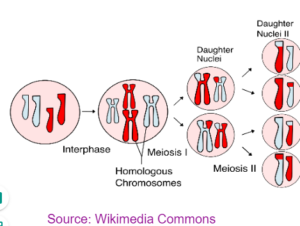
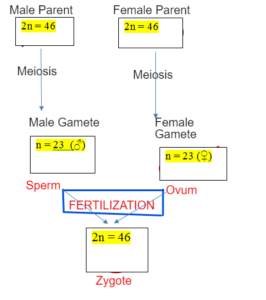
REPRODUCTIVE CYCLE IN FUNGI
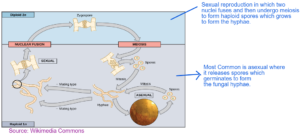
REPRODUCTIVE CYCLE IN PLANTS
Sexual reproduction involves the fusion of pollen grain with the egg nuclei forming zygote which forms the seeds and germinate to form a new plant.
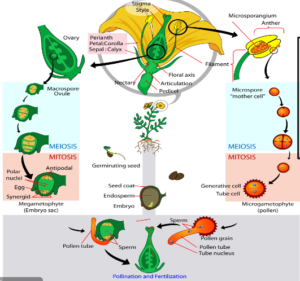
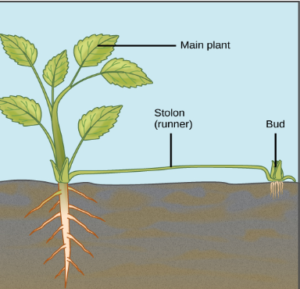
Sexual reproduction in plants in the form of runner, stolon or tuber which produces genetically identical plants.
INHERITANCE_
[download_after_email id=”9771″]
REPRODUCTIVE CYCLE IN MALARIA
Liver Cell
- Asexual reproduction to form lot of malarial parasite spores
Blood Cells
- Formation of male and the female gamete of the parasite.
Mosquito
- Sexual reproduction in the mosquito forming zygotes and it divides to form spores of pathogens which enters saliva and then is injected into healthy person.
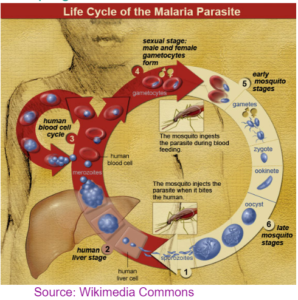
DNA – Deoxyribonucleic acid
Deoxyribonucleic acid (DNA) is a large macromolecule made up of a large number of monomeric units of nucleotides. Each nucleotide is composed of nucleoside and a phosphate group
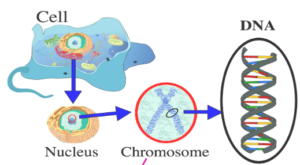
Chromosome – These are the structure that holds our genetic information
DNA – Double Helical Structure which contains genetic information
Gene – It is the segment of DNA that code for protein
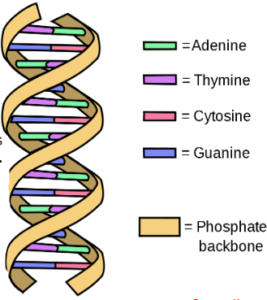
DN
DNA : A POLYNUCLEOTIDE
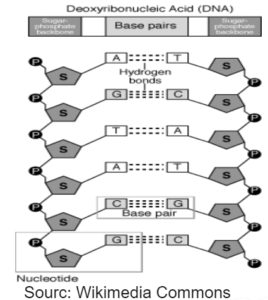
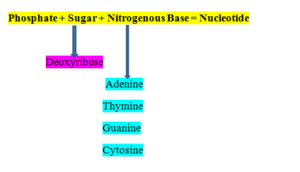
HUMAN GENOME
- Genome is the complete genetic materials of the organism.
- International collaboration to sequence around three billion bases and more than 20,000 genes.
Importance of Human Genome Project
- a) Understanding of genetic Diseases and inherited disorders
- b) Better personalised medicines
- c) Understanding Evolution
- d) Indentifying new drugs target.
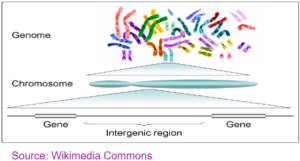
PROTEIN SYNTHESIS
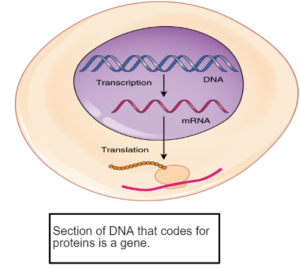
- The DNA copies the code and form mRNA by the process of transcription.
- The mRNA leaves the nucleus and reaches the ribosome.
- The ribosomes reads the bases in the sequence of three bases. The t-RNA brings the corresponding amino acid and forms polypeptide chain .
- The polypeptide chain than forms proteins.
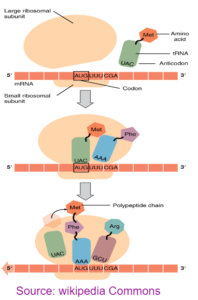
Mutations
- Can be silent, harmful or beneficial
A change in sequence of a gene or DNA
Results in the change in the sequence of the mRNA
Result in the change in amino acid
Result in the formation of non-functional protein or enzyme.
Change the structure of protein, the active site substrate can no longer fit into it
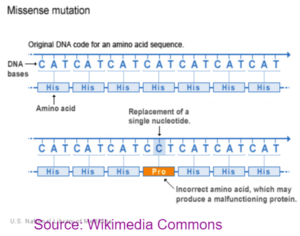
Banner 3
GENETIC TERMS
Chromosome – These are the structure that holds our genetic information
DNA – Double Helical Structure which contains genetic information
Gene – It is the segment of DNA that code for protein
Allele – the alternative factors located at the same locus on homologous chromosomes are called alleles.
Dominant Allele – It is able to express itself even in the presence of its recessive allele.
Recessive Allele – Unable to express its effect in the presence of dominant allele.
Homozygous – individual which contains identical genes or factors of a character on its homozygous chromosomes. E.g TT or tt
Heterozygous – individual which contains the two different or contrasting factors, genes or alleles of a character on its homologous chromosomes. e.g Tt
Genotype – It is the gene complement or genetic constitution of an individual with regard to one or more characters irrespective of whether the genes are expressed or not.
Phenotype – It is the external manifestation of gene products brought to expression
Punnett Square – It is a checker board used to show the result of a cross between two organisms.
Banner 4
Genetic Cross
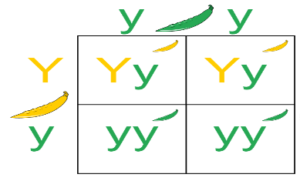
Heterozygous yellow plant with green plant.
Dominant: yellow Y
Recessive –green y
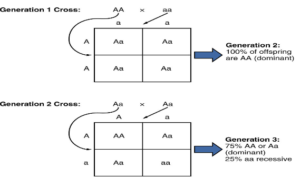
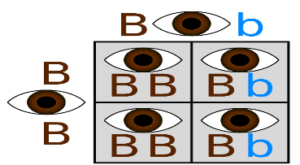
Heterozygous brown eyes with homozygous brown eyes.
B: Brown =Dominant
b: Blue: =Recessive
SEX DETERMINATION
Females XX
Male XY
50% changes of the offspring to be male or female
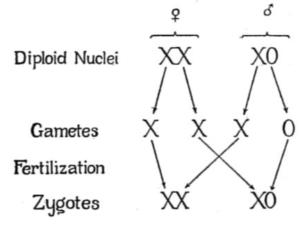
Banner 5
POLYDACTYLY
- Caused by dominant Allele
- If one of the parent has the allele offspring will have a disease.
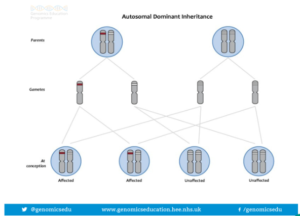
GENETIC DISORDER
- Caused by recessive allele
- Both the parent should have the allele to infect the offspring.
- The mucous becomes sticky and thick.
- It blocks the airways, reproductive tract and digestive tract.
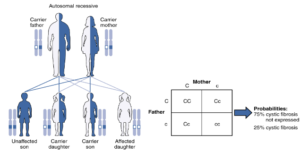
Baneer 6
GENETIC SCREENING
- Provides genetic counselling to the couple and helps to diagnose any problem before birth.
Amniocentesis
- Done at later stages Taking amniotic fluid which has fetal cells .
- The cells are then screened for genetic disorders.
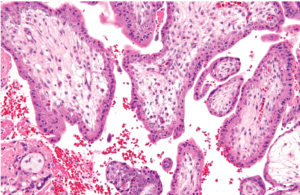
- Chorionic Villi Sampling
- Done at early stage and involve taking fluid from the placenta which contains fetal cells.
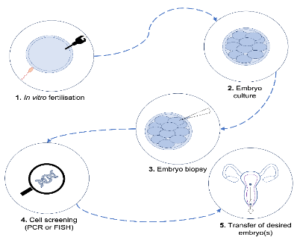
Disclaimer:
I have tried my level best to cover the maximum of your specification. But this is not the alternative to the textbook. You should cover the specification or the textbook thoroughly. This is the quick revision to help you cover the gist of everything. In case you spot any errors then do let us know and we will rectify it.
References:
BBC Bitesize
Wikipedia
Wikimedia Commons
Image Source:
Wikipedia
Wikimedia
Commons
Flickr
Pixabay.
Make sure you have watched the above videos and are familiar with the key definations before trying these questions. It is also good to time yourself while doing these questions so that you can work on the speed as well.
Reproduction
Variation And Evolution
Genetics And Evolution


